Lending Across CRE Sectors: Q&A
Investors have begun focusing on more office acquisition opportunities in growth markets across the country, says Jim Dunbar, senior managing director at Värde Partners.
Värde Partners has originated more than $2.5 billion in commercial real estate loans since 2017. In the first quarter of 2021, the firm closed $309 million in U.S. commercial real estate loan originations spanning the office, multifamily and hospitality sectors.
Commercial Property Executive spoke to Jim Dunbar, senior managing director at Värde Partners, about the current lending environment.
READ ALSO: Watch These ‘Global Emerging Trends,’ Say ULI and PwC
Since its inception in 1993, the company has invested $80 billion and currently manages more than $15 billion on behalf of a global investor base. Among the firm’s investments are corporate and traded credit, real estate and mortgages, private equity and direct lending.
Two of the six loans closed in the first quarter were for refinancing of office properties—a $55 million deal in Indianapolis and a $49 million transaction in Orange, Calif. Were the owners planning property upgrades or just taking advantage of the low interest rate environment?
Dunbar: Both of the borrowers had loan maturities in the first half of 2021. They were looking to refinance rather than execute shorter term extensions with their current lenders. In each instance, the properties have seen recent leasing momentum given multiple demand drivers within these submarkets and the borrowers saw additional upside over the next two to three years.
Have there been any changes in the first quarter in terms compared to the second half of 2020 for office properties in light of the pandemic? Do you anticipate the more stringent underwriting to continue?
Dunbar: We haven’t changed our approach or terms on office properties over the first quarter of 2021. We have begun to see more office leasing occurring in certain markets and we will take this into consideration as we develop terms for each loan. As the market gets more data points on leasing and people begin returning to work, we’d expect some of these terms to be revisited.
Has most of the lending activity in the office sector in recent months been for refinancing deals and are you seeing any requests for construction or acquisition lending for the office sector?
Dunbar: Last fall, we largely saw refinancing activity in the office space but are starting to see more acquisition opportunities. These are mostly in some of the growth markets across the country, such as Denver or Austin, Texas. However, as transaction volumes continue to increase this year, we expect to see more acquisition deals as well.
Are terms significantly different for refis versus acquisitions in the office sector?
Dunbar: We don’t have different starting terms for acquisitions versus refinancings. Our loan terms are derived on a loan by loan basis, which takes into consideration a number of factors, such as recent leasing, submarket trends, sponsor commitment and our internal valuation of the property.
Are lenders being more cautious and selective about originating office sector loans because of the uncertainty over when and in what numbers office workers will be returning to buildings, particularly urban high-rises, post-COVID-19?
Dunbar: Yes, I think this is top of mind for lenders and also many others in the real estate space. It is still early in answering questions around return to the office and the impact flexible workplaces could have in the future. Our approach here is to focus on properties that have strong, committed sponsorship where the asset is a leader in its submarket from a quality and amenities perspective.
Three of the loans Värde Partners closed in the first quarter were to finance multifamily acquisitions. Two of the loans were in the Dallas-Fort Worth Metroplex, $63 million in Frisco, Texas, and $63 million in Lewisville, Texas, and the third, a $40 million loan in Centennial, Colo., in the Denver area. They are all growing parts of the country for multifamily. How active has Värde been in those regions and are you targeting other areas for multifamily lending this year?
Dunbar: That observation is correct. We have been focused on growing markets for our multifamily investing. We have also originated loans in other growth markets such as Phoenix and Orlando, Fla. Additionally, we see some opportunities in more urban areas, where there is currently less liquidity for strong assets. We have been active in these markets within our CRE lending strategy and also across our broader real estate business given the considerable expansion of these markets.
With interest rates expected to remain low, do you expect to see refinancing activity increase in the multifamily sector this year? Or will it be similar to refinancing levels in 2020 or lower if owners have already taken advantage of the low rates?
Dunbar: As the yield curve has steepened, we have seen more multifamily borrowers refinancing into floating rate loans given the lower base rate. We’d expect to continue seeing certain borrowers refinance this year, but some groups will prioritize term over this lower base rate. We have also seen a decent amount of acquisition financing requests, as the multifamily space has been less impacted by the pandemic versus other asset classes.
Värde Partners also recently originated a $39 million acquisition loan for a hospitality property in Washington, D.C. What kind of property is it and does location make a difference in this lending environment for a hospitality property?
Dunbar: We did close on a hotel acquisition loan in March, which is secured by a hotel with a Marriott-affiliated brand. We continue to be active in the hospitality space for well-located hotels. Similar to office properties, we have been selective on which hotels and sponsors we will finance and have primarily focused on the largest metro areas and top leisure destinations.

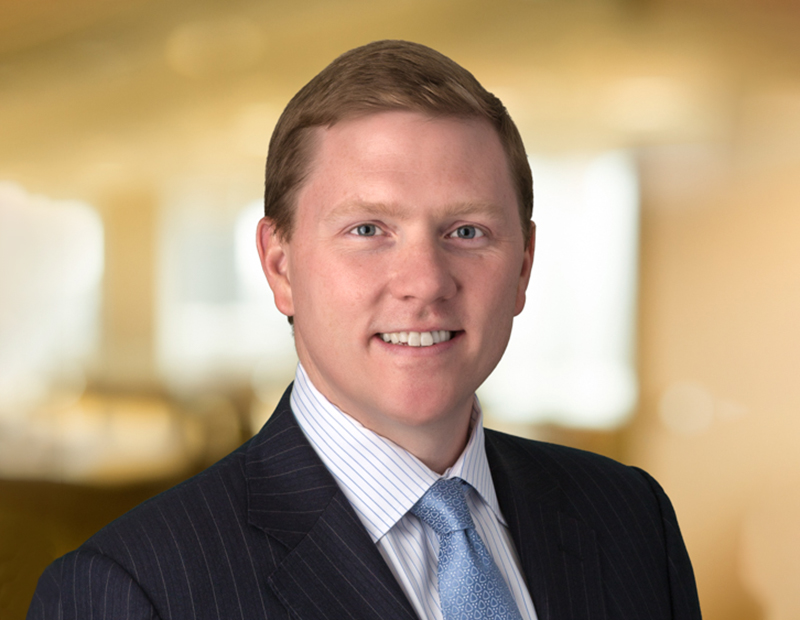
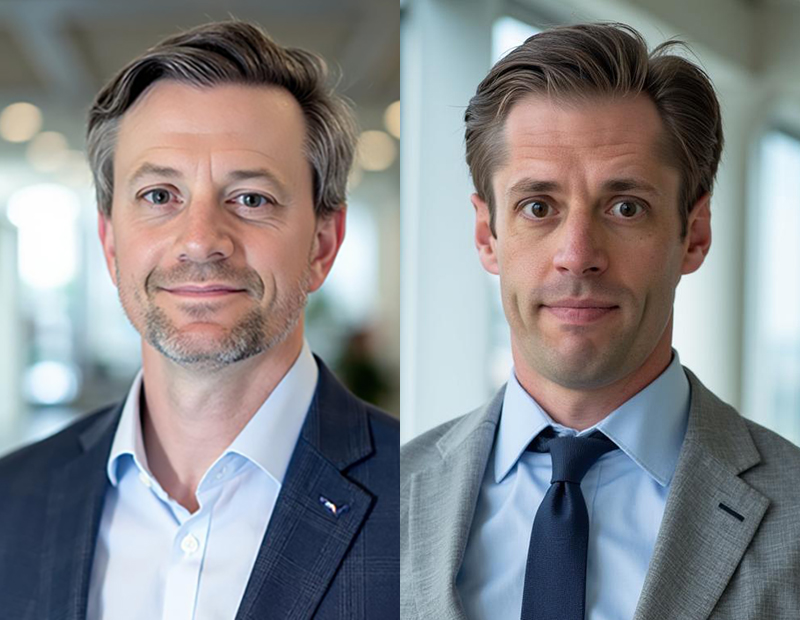
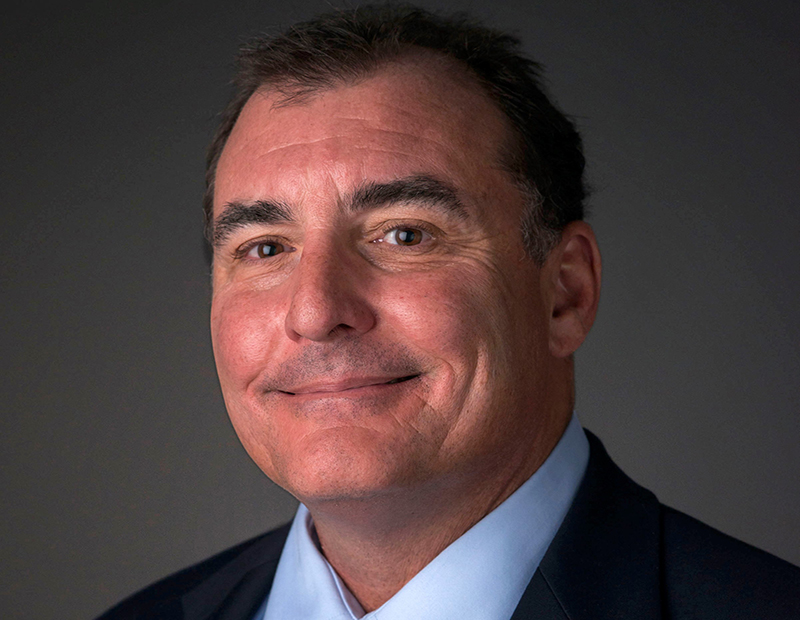

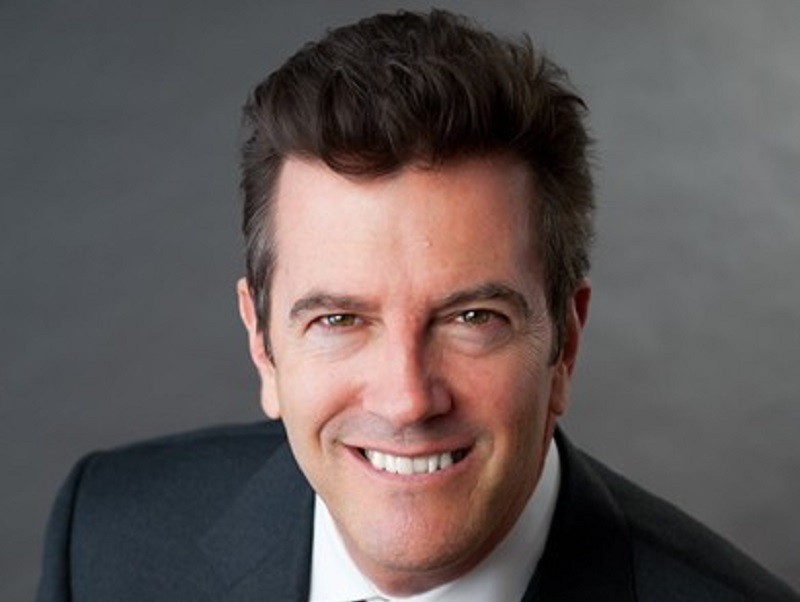
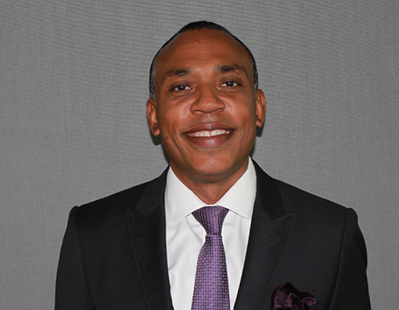

You must be logged in to post a comment.